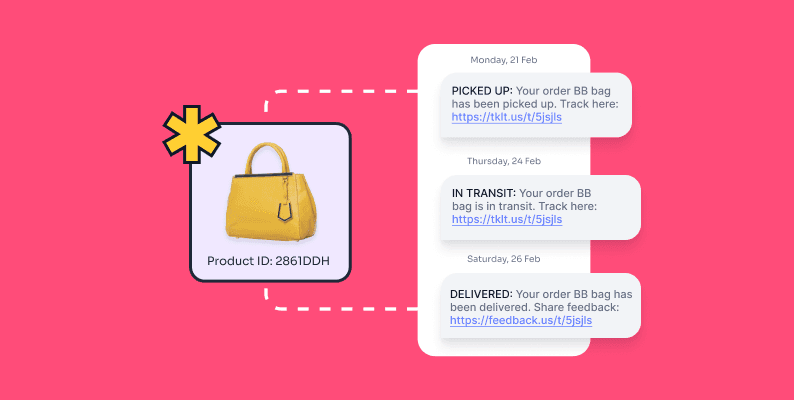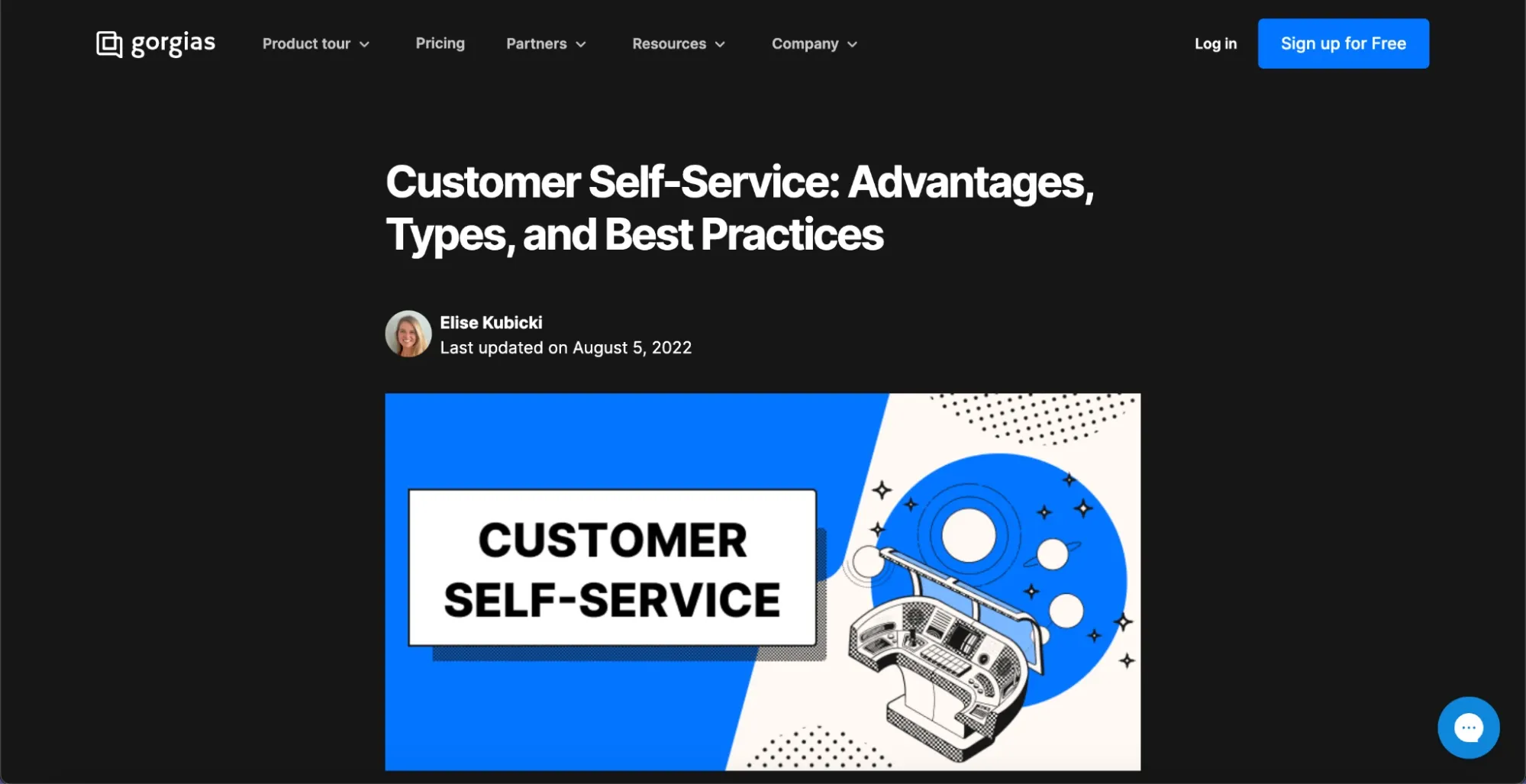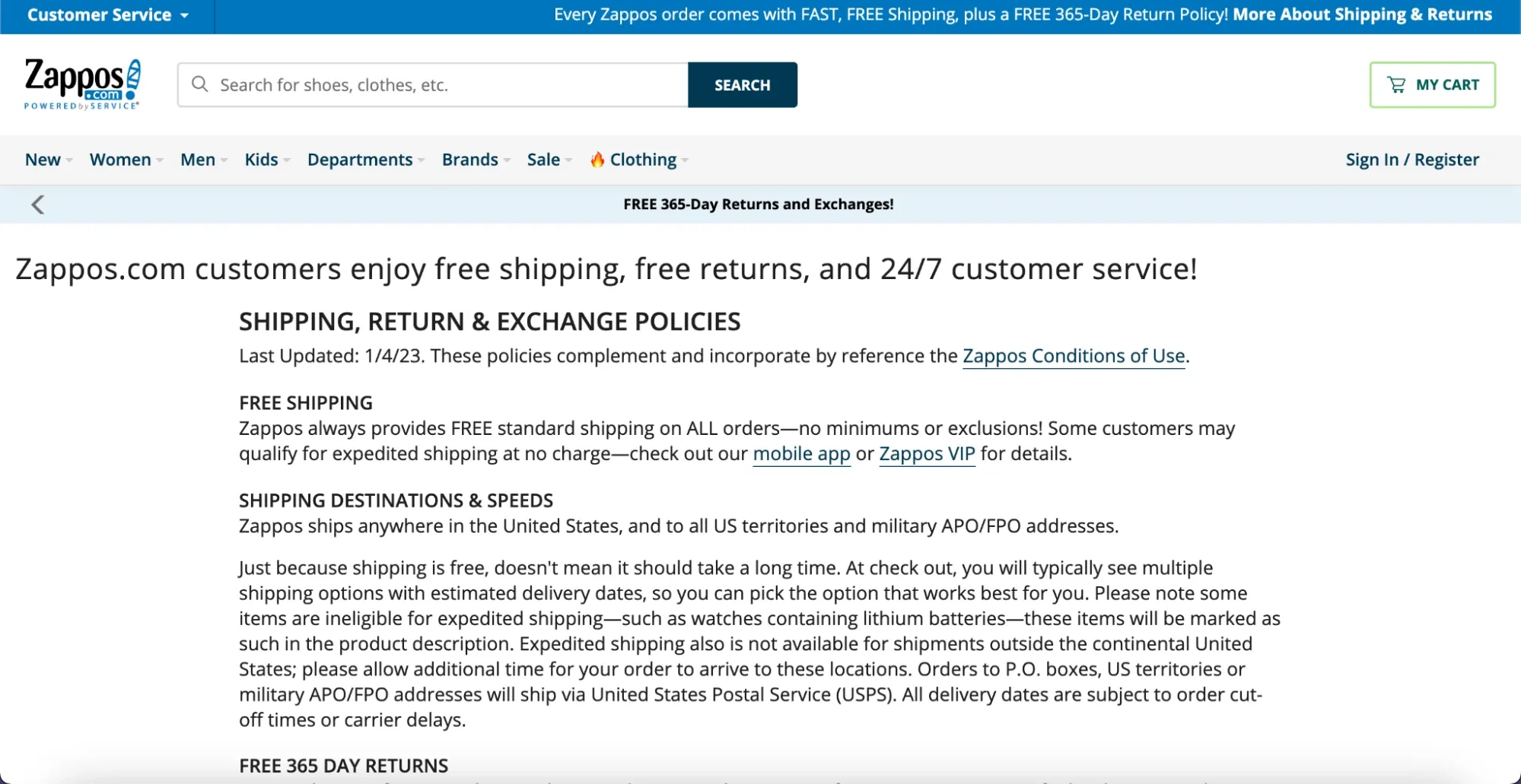Understanding the importance of order tracking in ecommerce starts with comprehending the concept of “Where is My Order” or WISMO. In a digital era characterized by rapid delivery and real-time updates, consumers are no longer content waiting in the dark for their purchases. Their question, “Where is my order?” is a plea for transparency and a testament to their elevated expectations. In this guide, we delve into the nuances of streamlining WISMO to keep your ecommerce business at the top of its game.
According to a recent survey by MetaPack, over 53% of consumers cite a ‘lack of clarity about delivery times as the most frustrating aspect of online shopping. It’s not just about speed but the certainty and communication that comes with it.
Renowned ecommerce expert, Chloe Thomas, once aptly said, “In ecommerce, every moment of silence is a missed opportunity to connect with your customers.”
This underscores the essence of WISMO — a connection, an interaction, a bridge between your business and your customers.
But how do we transform this theory into practice? How can we make WISMO a strength rather than a challenge? Join us as we explore strategies and equip you with the insights you need to optimize your ecommerce order tracking.
What is WISMO?
WISMO, which stands for “Where Is My Order?“, is a common query type in ecommerce businesses that reflects customers’ desire to know the status of their orders. It’s a simple question that holds a lot of weight. In the context of ecommerce, WISMO encapsulates the evolving expectations of online shoppers for greater transparency, speed, and reliability in the delivery process.
From an ecommerce perspective, managing WISMO is not just about providing an answer to a question, but it’s an opportunity to enhance customer experience, foster trust, and build lasting relationships with customers. It’s about acknowledging that the customer’s journey doesn’t end at the checkout page; it extends until the product is safely in their hands and they are fully satisfied with their purchase.
WISMO is not just “Where Is My Order?”
WISMO requests can also look like this:
- “What happened to my package?”
- “What became of my order?”
- “Please keep me updated on the status of my order.”
- “Have you misplaced my order?”
- “How come my order hasn’t arrived?”
- “I still haven’t received my order.”
- “Please send my order as soon as possible.”
- “When will my order be shipped?” I haven’t gotten it yet.”
- “I want my order to be delivered today.”
A customer may contact you with a WISMO question via phone, email, SMS, live chat, or social media message (direct message, and even post comments!).
Customers will do this if:
- After they place an order, you do not provide order tracking.
- They have no idea when the shipment will arrive.
- They are having trouble tracking their order using the code you provided.
- The shipping deadline has passed, or their order has not arrived.
But, WISMO is more than just a question
WISMO is a significant expense for your customer service operations. It’s a logistical nightmare. It is a differentiator in the marketplace.
And it’s something that can make or break your brand’s reputation, especially during the busiest holiday shopping seasons such as BFCM, Christmas, Thanksgiving, etc.
Online shoppers expect timely delivery, proactive updates on order confirmation and order delivery status – and if these expectations aren’t met, they’ll ping your website, email you, or call your customer service representatives to find out where their order is.
Why should you worry about WISMO
WISMO is the #1 question asked to ecommerce users.
93% of customers expect to receive updates on their orders.
98% of customers associate brand loyalty with their delivery experience.
WISMO calls account for up to half of all inbound customer contact center calls and cost approximately $5 to resolve.
How to deal with WISMO
So, what is the best strategy for dealing with WISMO:
- Better customer service staff?
- Order visibility tools?
- Customer service portals?
In fact, the best strategy for managing WISMO is to combine two things: proactive communication with accurate deliveries to prevent customers from needing to ask about their orders in the first place.
The first part is self-evident: inform customers proactively over their preferred channel of when their order will arrive, both at the time of order placed and at key points, such as:

If you fail at this, many of these same customers will ask WISMO.
The second part is even more critical. The key to preventing WISMO is to ensure that you have accurate and on-time deliveries in the first place.
In fact, a lot of DTC brands under-promise and deliver faster than the estimated delivery date to enable customers to experience true delight.
So, one of the best solutions to the WISMO problem is to create a strategic plan for managing WISMO requests. Otherwise, you may face consequences such as a longer first response time, lower customer satisfaction, and other issues.
Cost implications of WISMO
Most of you are probably aware of WISMO, but not all of you are aware of its true cost as it slowly drifts out of your control.
The total cost of WISMO is far too high to ignore.
When the answer is not automated
If you don’t have an automated response for a WISMO request, you must manually search for and type the answer (via chat, email, or SMS), or inform the customer via a phone call.
In this case, you end up paying for the cost of one ticket as well as the labor/effort of a customer support staff.
When the answer is automated
Assume you’ve scheduled an automated response for WISMO via any customer support tool integrated with your CDP.
When a customer asks, “Where is my order?” they will get an accurate response with information about their order status in real time.
In this case, the cost of a WISMO request is the cost of one billable ticket (based on the customer support tool you’ve integrated).
Tips to manage WISMO
As previously stated, a customer asks WISMO because they are concerned about their order. As a result, being proactive is the key to controlling WISMO.
Consider the following suggestions:
1) Be open and honest about your shipping policy
A clear shipping policy allows you to set the right customer expectations about shipping times and costs in advance. It also helps to reduce support tickets because customers can answer their own shipping questions.
Maintaining an open dialogue with customers gives them more confidence in purchasing from you. They’ll believe you, talk about you on social media, and return to your online store or app.
Your shipping policy should include order processing time, estimated delivery time, potential service interruptions, and a disclaimer.
This policy should be displayed on product detail pages, cart pages, FAQ pages, and help center pages, for example:
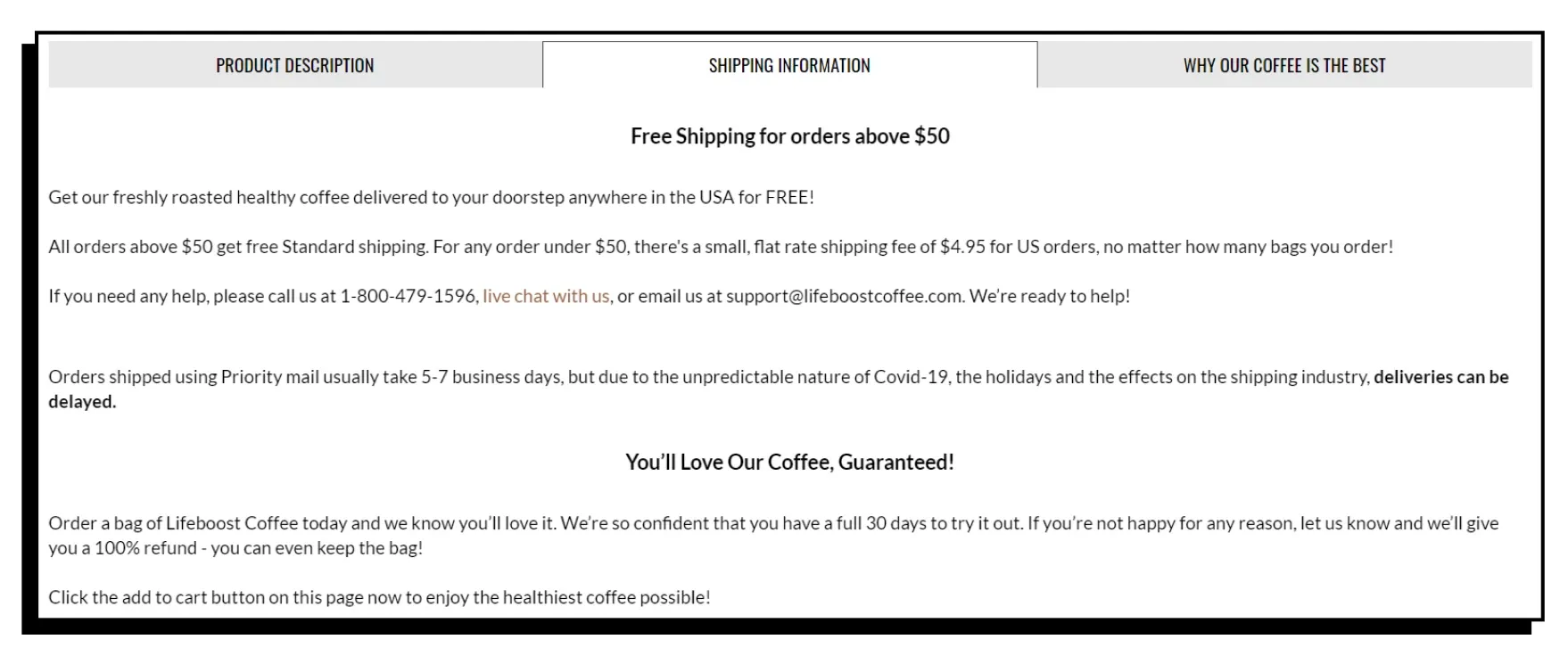
Since the Covid-19 pandemic, many DTC brands have created a dedicated page to show how they handle shipping. They also inform customers by displaying the information in an announcement bar or pop-up on their site or app.
Here’s a fantastic example from Go-To Skincare:
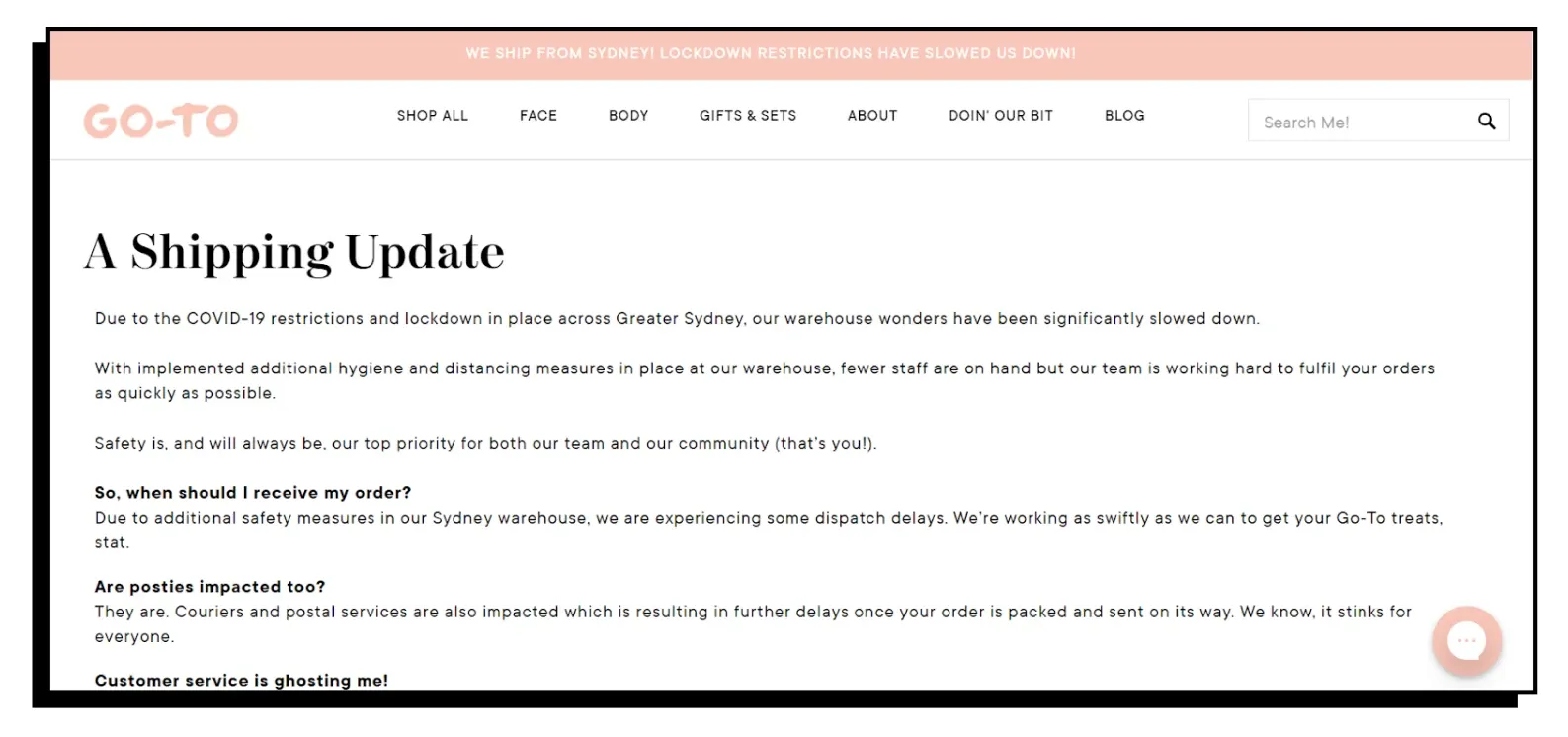
2) Send automated shipping updates at each post-purchase stage
Just showing delivery estimates on your site or app isn’t enough.
You should also keep customers updated with their order status across each post-purchase stage. Ideally, you should also partner with any third-party shipping/fulfillment apps to create a co-branded post-purchase communication ecosystem.
You can automate to send the following post-purchase messages along with a live tracking feature (preferably on a map):
1) Send an order confirmation (via SMS, WhatsApp, and/or email based on the customer’s preferred channel) as soon as an order is confirmed.
2) Send an order in transit message as soon as the order is shipped from its source of origin.
3) Send order status updates as soon as the order arrives at the intermediary stops along the way.
4) Send an order delayed update at any point while in transit with reasons for the delay explained, if possible.
5) Send an order delivered message when the order is delivered at the destination address.
Being proactive and providing an honest update will ensure that they are pleased with your post-purchase experience.
3) Integrate with customer support tools that enable self-service
To quickly resolve WISMO requests, you can integrate with customer support apps, such as Gorgias and enable their self-service portal feature on your chat.
tips-to-manage-wismo-use-tools-like-gorgias
This feature enables your customers to independently check their order status, tracking number, and shipping details. In other words, you don’t need to interact with customers to provide them with the information they require.
Let’s take the case of Zappos, a major player in the online shoe and clothing retail sector.
tips-to-manage-wismo-example-zappos
They’re known for their exceptional customer service, and this includes their handling of WISMO inquiries. Zappos has integrated systems that allow customers to track their orders in real-time, and they’re proactive in communicating any delays or issues. This approach has led to high customer satisfaction ratings and repeat business, demonstrating that effectively managing WISMO is a key component of ecommerce success.
Final words
Take advantage of WISMO to delight your shoppers. Knowing how to effectively solve WISMO can help you reduce customer service costs, increase customer satisfaction, and improve the performance of your support agents.
Frequently Asked Questions (FAQ)
We understand that you may still have questions about managing WISMO. Let’s address some of the most frequently asked questions in this final section.
Q1: What’s the most effective way to reduce WISMO inquiries?
A: Great question! Reducing WISMO inquiries really boils down to one thing: proactive communication. Instead of waiting for customers to ask, “Where is my order?”, provide updates at every stage of the order process. When customers are in the know, they’re less likely to reach out, reducing the volume of inquiries your team has to handle.
Q2: How can technology help manage WISMO?
A: It can indeed be a huge help when it comes to managing WISMO. With the right tech, you can automate updates, provide real-time tracking, and even integrate systems for a smoother overall process. The possibilities are endless!
Q3: How do I strike a balance between informative and excessive updates?
A: This is a common concern, and understandably so. You want to keep your customers informed, but you don’t want to overwhelm them. The key is relevance. Ensure that the updates you send are significant and add value to your customer’s journey.
Q4: What do I do when an order is delayed or lost?
A: When the unexpected happens, the way you handle it can make or break your customer relationships. Be honest, provide immediate updates, offer solutions, and when necessary, apologize. Remember, it’s all about maintaining trust and transparency.
Q5: How can WISMO impact my business’s bottom line?
A: WISMO, when handled effectively, can lead to fewer customer service inquiries, improved customer satisfaction, and potentially, increased customer loyalty. All of these can have a positive impact on your bottom line.
You may also like
Essential resources for your success
